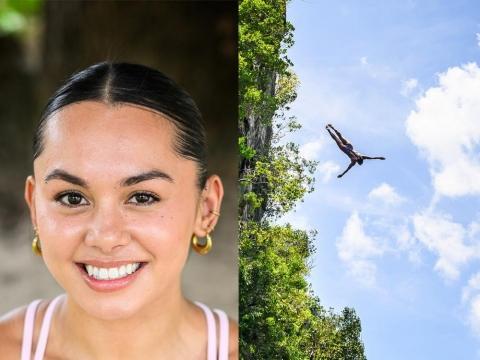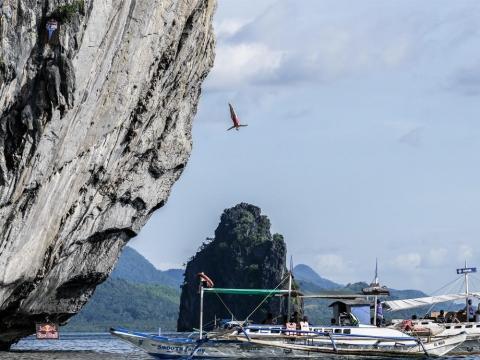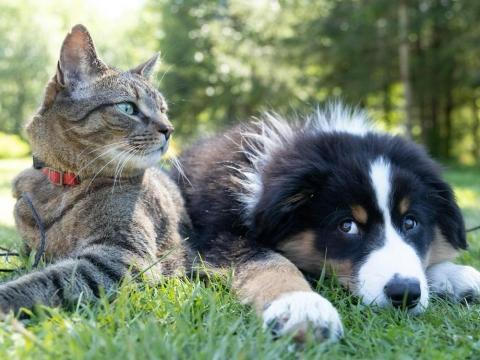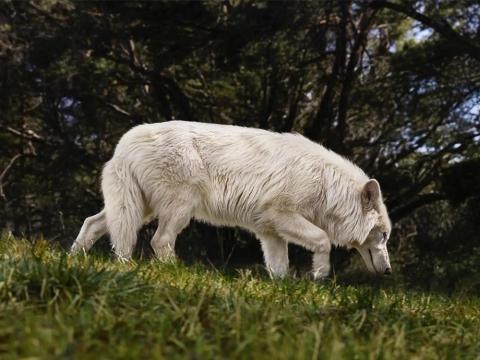New study reveals the effects of space travel on human bones
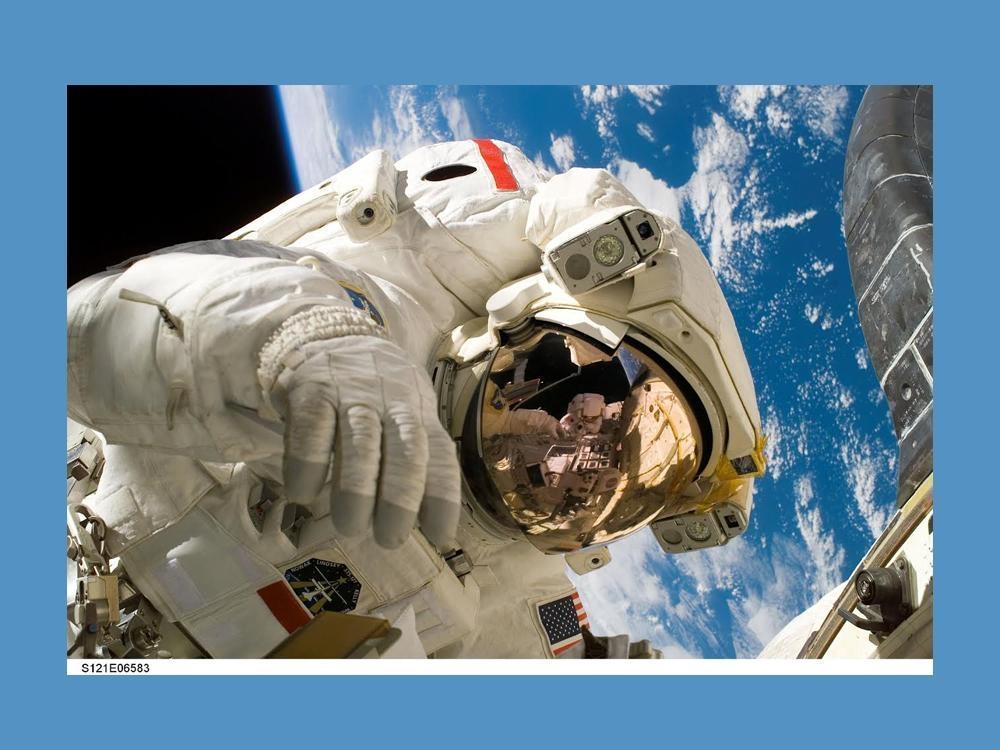
Research published in the journal Scientific Reports revealed new data on how outer space's microgravity conditions affect the body of astronauts, specifically their bones and their mineral density.
The study was led by University of Calgary professor Leigh Gabel and involved 17 astronauts - 14 male and three female - whose missions in space lasted an average of five and a half months. All the astronauts had an average age of 47 and were followed by researchers for one year after their time in space.
Data from the study showed that astronauts exhibited a 2.1 percent reduction in bone mineral density at the tibia, one of the bones of the lower leg, as well as reduced bone strength. Of the 17 astronauts, nine did not recover bone mineral density once they returned to Earth, meaning the loss they experienced in space was permanent.
Researchers also discovered that the bone loss that the astronauts experienced in six months equaled two decades of bone loss from some older adults on Earth.
The results are expected to shape the countermeasures that agencies like the National Aeronautics and Space Administration (NASA) will provide to future astronauts. These may include resistance training as well as deadlifts, as it was also discovered that astronauts who performed more deadlifts were more likely to recover bone after their missions.
The research results could also be used to prepare future space tourists, especially since more and more of the general populace are starting to head into space thanks to companies like Blue Origin and Virgin Galactic.
The study is the latest space-related study published in the past couple of months. Back in May, scientists at the University of Florida's Institute of Food and Agricultural Sciences have been able to grow plants in moon soil that were taken back to Earth during the Apollo 11 mission of Neil Armstrong, Buzz Aldrin, and Michael Collins. The researchers were able to grow thale cress in 12 grams of moon soil provided to them by NASA.
Meanwhile, if you do not have your own plot of moon soil to plant in, take some inspiration from these celebrity plantitos and plantitas instead.



